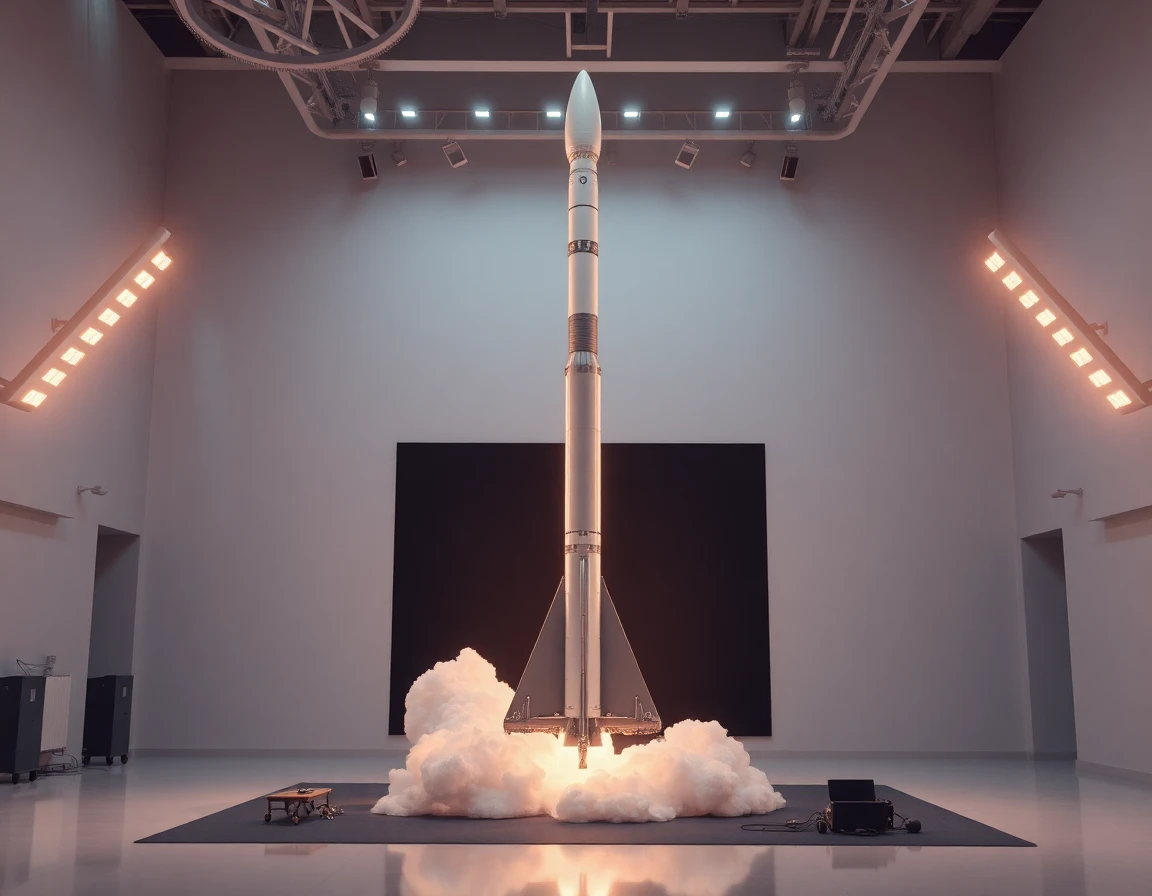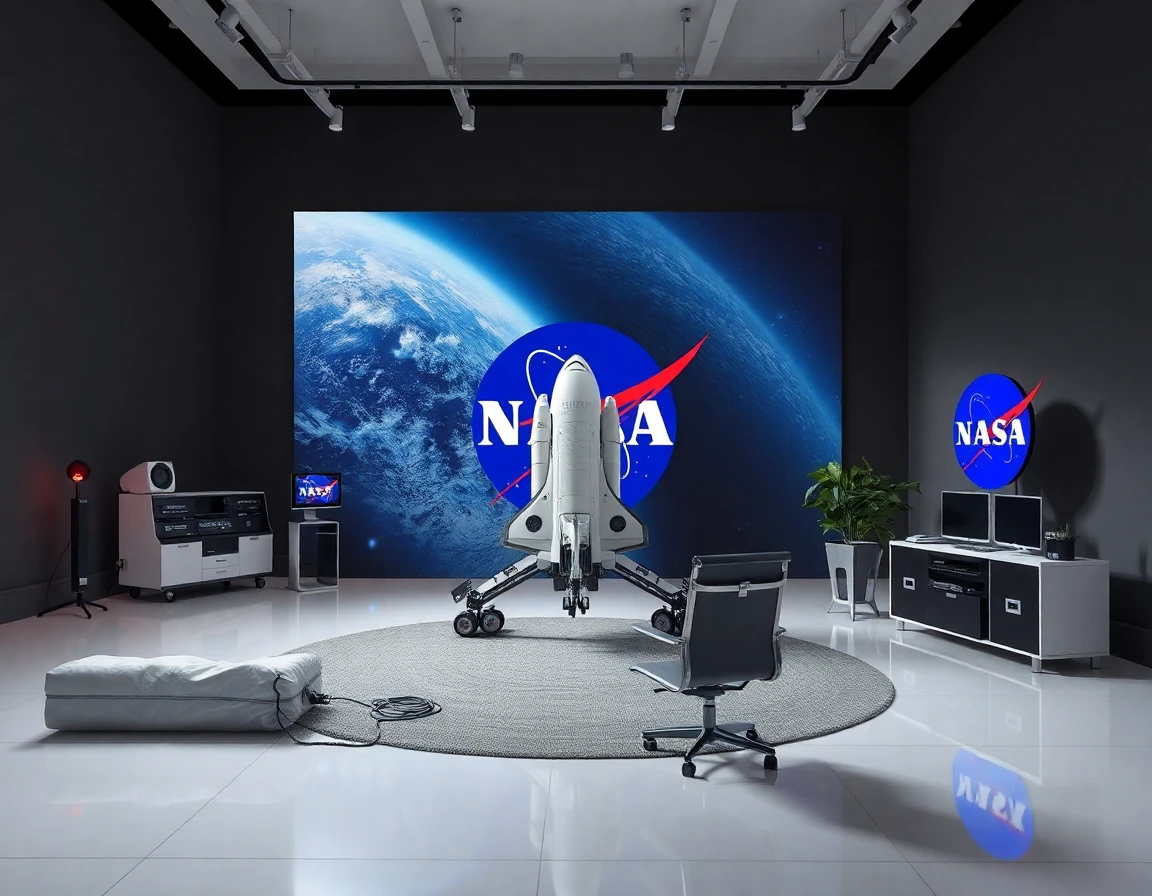In a groundbreaking development, NASA has unveiled a new printable metal that is set to change the landscape of thermal management systems in various industries, particularly aerospace and defense. This innovative material not only showcases remarkable heat resistance but also presents unique opportunities for advanced manufacturing techniques.
The Science Behind NASA-Developed Printable Metal
The new printable metal, developed by researchers at NASA’s Langley Research Center, utilizes a process that combines advanced additive manufacturing with cutting-edge materials science. This allows for the creation of complex geometries that traditional manufacturing methods cannot achieve.
According to Dr. Jennifer Smith, a materials scientist at NASA, “This technology opens up new possibilities for producing lightweight, heat-resistant components that are critical for aerospace applications.”
Technical Specifications
The printable metal boasts a melting point exceeding 1,500 degrees Celsius, making it suitable for environments with extreme heat exposure. Its unique microstructure enhances thermal conductivity, which is essential for effective cooling and heat dissipation in high-performance aerospace components.
Additionally, the material’s high tensile strength and durability make it ideal for use in high-stress applications, such as rocket engines and thermal shields in spacecraft. The ability to print complex shapes also means that parts can be designed with optimized thermal management capabilities, potentially leading to lighter and more efficient designs.
Industry Implications
The implications of this NASA-developed technology extend beyond aerospace. The automotive industry, particularly in the development of electric vehicles, can benefit from enhanced thermal management systems. Effective heat dissipation is crucial for battery performance and longevity, and this new material can help achieve that.
Moreover, sectors such as electronics and industrial manufacturing stand to gain from the application of this printable metal as it can be used to create more efficient thermal interfaces in devices and machinery.
Expert Insights
Industry experts are optimistic about the future of this technology. Dr. Marcus Lee, an aerospace engineer at a leading defense contractor, states, “The integration of NASA-developed materials into our thermal management systems could lead to significant advancements in mission capabilities and overall vehicle performance. We are keenly interested in exploring potential applications for this innovative metal.”
Potential Challenges and Developmental Pathways
While the prospects are exciting, there are challenges to overcome before the widespread adoption of this technology. Scaling up production to meet industry demands will require further research and investment. Additionally, ensuring the reliability of the printed components under operational stresses remains a priority.
Dr. Smith emphasizes the ongoing research: “We are currently working with industry partners to refine the printing processes and ensure that the components meet the stringent standards required for aerospace applications.”
Future Developments
As NASA continues to explore the capabilities of this printable metal, further enhancements could include the development of hybrid materials that combine the best properties of various alloys. This could result in even greater strength and heat resistance, expanding the range of applications.
Furthermore, as additive manufacturing technologies advance, the potential for real-time printing of components on-site—particularly in space exploration missions—could revolutionize how we approach manufacturing in remote environments.
Conclusion
The unveiling of this NASA-developed printable metal marks a significant step forward in materials science and engineering. Its implications for thermal management systems in aerospace, automotive, and various other industries could lead to enhanced performance and efficiency. As research progresses, the potential for commercial applications grows, promising a new era of innovation in heat management technologies.
For more information on precision components that could complement this technology, consider exploring advanced thermal management systems designed for high-performance applications.
Stay tuned for updates as NASA and its industrial partners continue to push the boundaries of what is possible with this remarkable technology.



